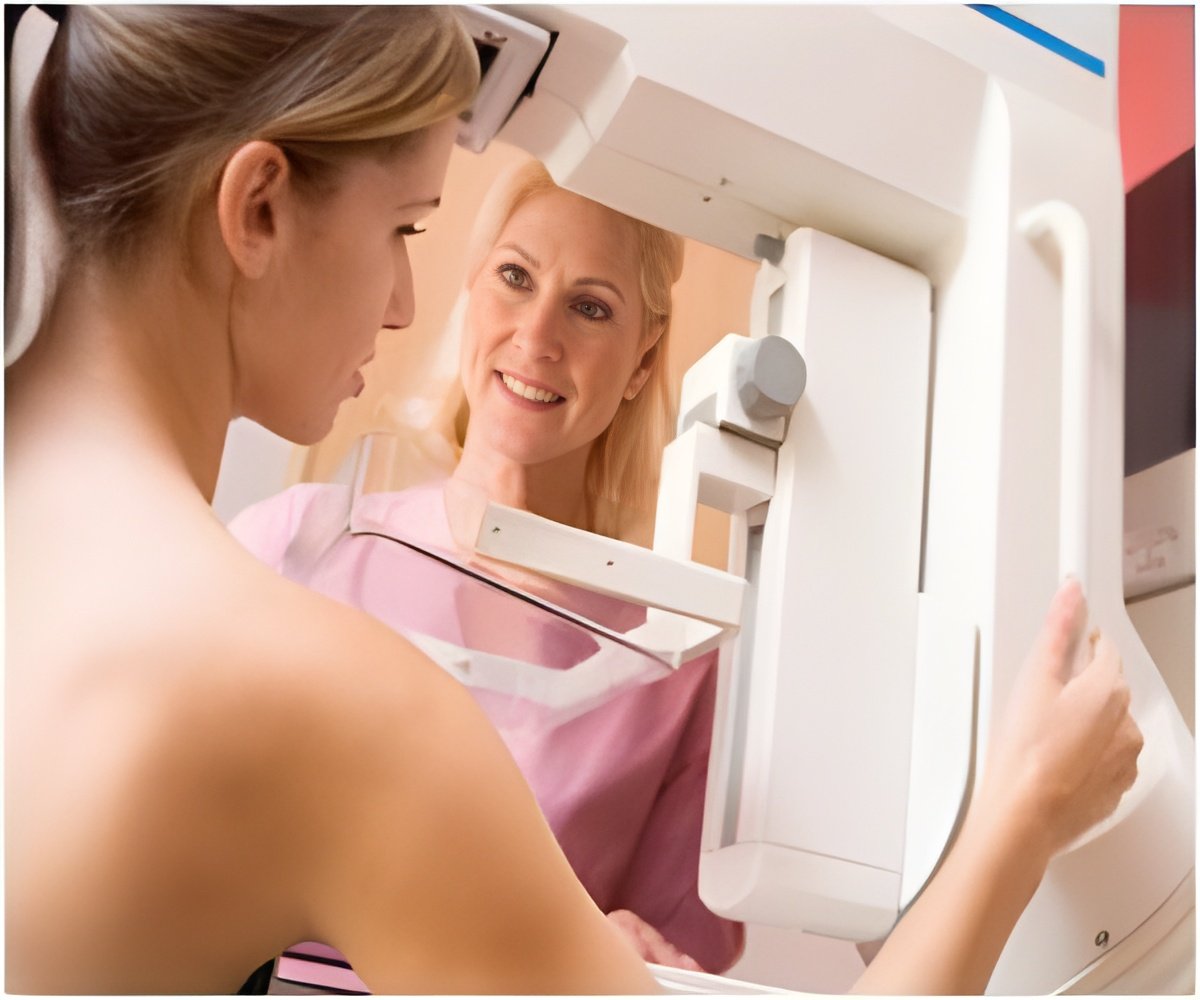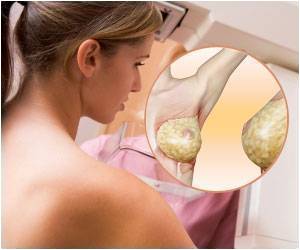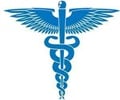Providing better access to healthcare could lead to overuse of mammograms who see a primary care physician regularly and who have limited life expectancy, researchers have found

Dr. Alai Tan, a senior biostatistician in UTMB's Sealy Center on Aging and lead author of the study, said that "there has been little systematic attempt to define guidelines that would help determine when breast cancer screening might not be appropriate or overused.
"The American Cancer Society guidelines on screening, for example, have had no upper age limit," Tan wrote in the study. "This is different from the case with prostate-specific antigen screening, where both the American Cancer Society and the American Urological Association have longstanding guidelines that exclude men with a less than 10-year life expectancy."
The study was published in the June edition of Medical Care, the official journal of the Medical Care Section of the American Public Health Association. Using data from 2006 through 2009, researchers studied about 5 percent the Medicare claims filed during that period by women whose life expectancy was less than seven years. They further studied where the women lived and whether they had a primary care physician.
In general, the researchers found that the use of mammograms decreases as a woman's life expectancy grows smaller. However, they found that the general downtrend as a woman ages could be offset by better access to health care.
For example, the screening rate for woman with a life expectancy of less than six years who had seen a primary care physician two or fewer times during the three-year period studied was about 20 percent. However, among women who had seen a primary care physician 13 or more times during that period who had a life expectancy of less than four years, the rate was about 34 percent.
Advertisement
The study also found that women with a limited life expectancy who lived in an area with greater access to mammography resources, more primary care physicians, mammographic facilities and radiologists, were more likely to be screened.
Advertisement
Source-Eurekalert









